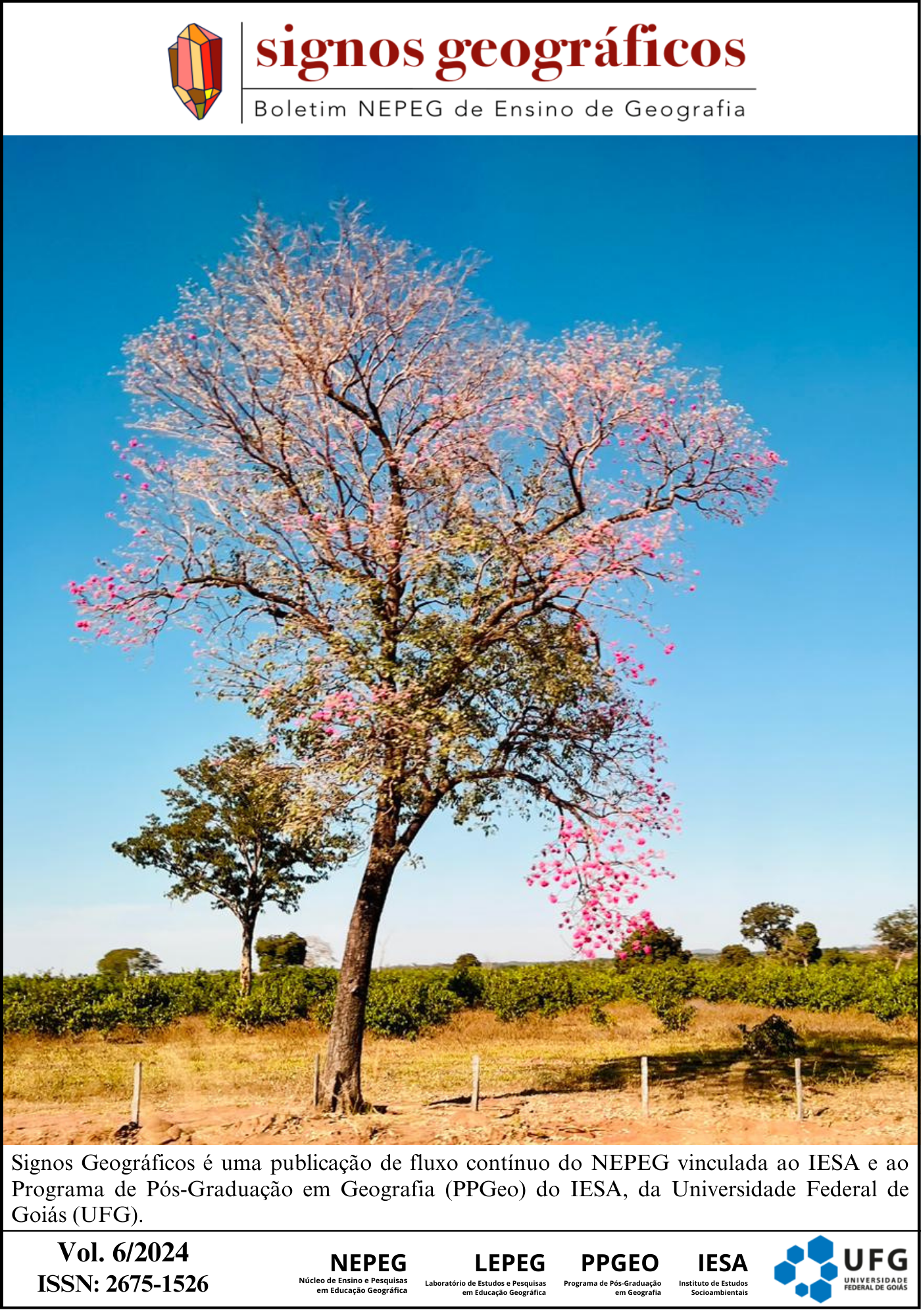INTERCULTURAL PERSPECTIVES IN SCHOOLS ON THE BORDER OF MATO GROSSO (BRAZIL) WITH SANTA CRUZ (BOLIVIA): GEOGRAPHIC VIEWS
DOI:
https://doi.org/10.5216/signos.v6.78286Keywords:
Geography, culture, border, Mato GrossoAbstract
The territorial mosaic of the border between Mato Grosso (Brazil) and Santa Cruz (Bolivia) makes up a space full of cultural diversity. This diversity is built on the sociocultural miscegenation present in the state of Mato Grosso, which includes the presence of native peoples, Afro-Brazilian peoples, and the colonizer, shaping the sociocultural aspects present in this space. In this sense, the aim of this article is to present some intercultural perspectives in the school space on the border, in order to analyze how the cultural manifestations observed in border spaces contribute to the teaching-learning process. Here, the border gains prominence in educational projects, highlighting various socio-spatial elements such as festivals and dances, which can guide the geographical reflections and the identity of the students. Bibliographical and documentary analysis was used as methodological support, and field activities were also conducted in the area under study, providing the opportunity to collect data and information on the historical, political, socio-economic, and cultural aspects of border areas. In this way, the interculturality present in this space gains prominence in everyday pedagogical practices, aligning with the laws and curricular regulations, and contributing to the construction of active citizenship for the different peoples who inhabit the border.
Downloads
Published
How to Cite
Issue
Section
License
Copyright (c) 2024 Revista Signos Geográficos

This work is licensed under a Creative Commons Attribution 4.0 International License.








